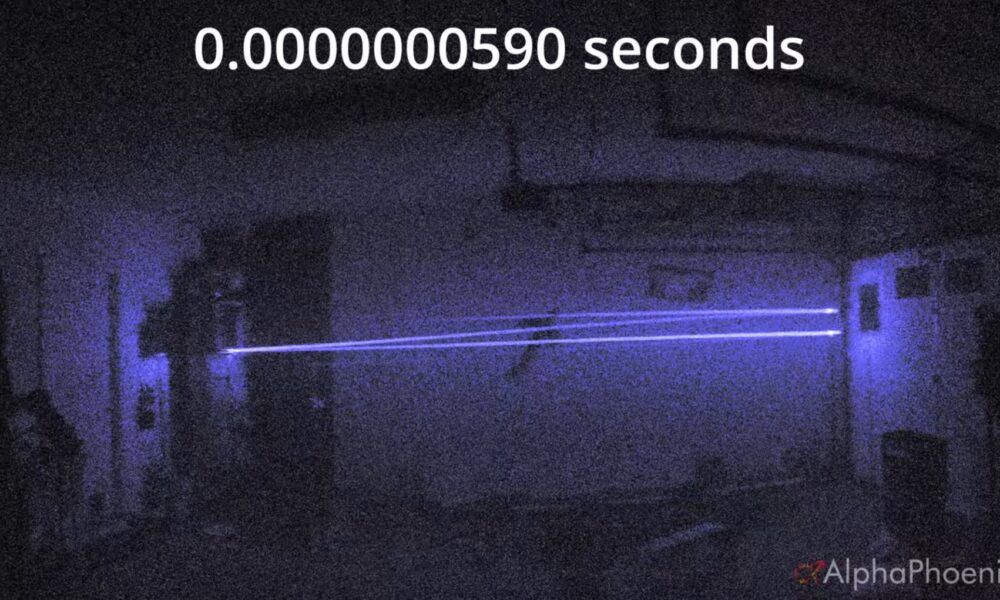An international research team, led by the Shanghai Astronomical Observatory of the Chinese Academy of Sciences, has made significant strides in measuring the Hubble constant (H0), a crucial parameter that describes the universe’s expansion rate. Their findings, published in the Monthly Notices of the Royal Astronomical Society, demonstrate that using a pixelized strong-lensing modeling technique on a galaxy cluster scale can markedly enhance the precision of H0 measurements.
The ongoing challenge in cosmology is the discrepancy known as the “H0 tension,” which reveals a difference of over 5σ between measurements derived from the early universe, such as the cosmic microwave background, and those from the late universe, like Type Ia supernovae. This inconsistency underscores the need for an independent and highly accurate method to determine H0.
One promising technique involves using strongly lensed supernovae, which allow for direct measurements of cosmic distances by analyzing time delays between multiple images of the same supernova. This approach does not rely on the traditional “cosmic distance ladder” and can theoretically yield extremely precise cosmological constraints. Nonetheless, previous applications of this method faced limitations due to uncertainties in modeling the mass distribution of the lensing galaxy clusters.
To address this issue, the research team built upon earlier work from the CURLING project to develop a pixelized strong lens modeling framework. In their study, they examined the supernova “Requiem” within the MACS J0138.0-2155 galaxy cluster. By comparing traditional point-source modeling with their pixelized method, they achieved an impressive reduction in uncertainty, narrowing the margin to ±0.8 km/s/Mpc. This represents a more than tenfold improvement in precision.
The researchers attribute this advancement to the effective utilization of high-resolution observational data from advanced facilities such as the James Webb Space Telescope (JWST). By fully leveraging surface brightness information from arc-like multiple-image systems generated through gravitational lensing, they were able to minimize systematic errors in modeling.
Looking to the future, the team simulated potential observations with upcoming survey facilities. Under conditions set by the Rubin Observatory’s Legacy Survey of Space and Time (LSST), they project that time-delay measurements could achieve uncertainties of around 1.5%. Furthermore, the Chinese Survey Space Station Telescope—Multi-Channel Imager (CSST-MCI) could enhance this precision even further, potentially constraining H0 to within 0.1 km/s/Mpc.
These results indicate that uncertainties in lens modeling now represent the primary limitation in accurately inferring H0. The combination of high-resolution imaging and pixelized strong-lensing modeling paves the way for achieving percent-level precision in H0 measurements in the near future.
“Pixelized modeling allows us to use all the information encoded in the lensed arcs, rather than relying only on the positions of multiple images,” stated Dr. Xie Yushan, the first author of the study. “This is a key step toward precision cosmology with cluster-scale strong lensing.”
Prof. Shan Huanyuan, the corresponding author of the study, highlighted the significance of this research: “With JWST, Euclid, and the upcoming Chinese Space Station Telescope, we are entering a golden era of strong-lensing research. This work demonstrates the tremendous potential for achieving high-precision cosmological measurements once more lensed supernova samples become available.”
This advancement not only enhances our understanding of cosmic distances but also represents a crucial step towards resolving the long-standing H0 tension in modern cosmology.







